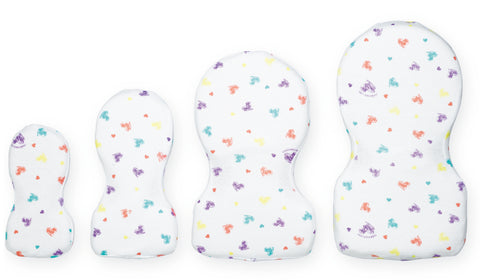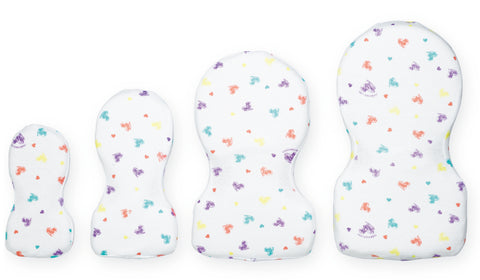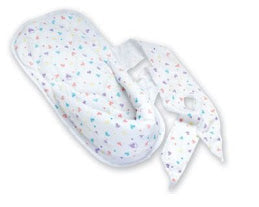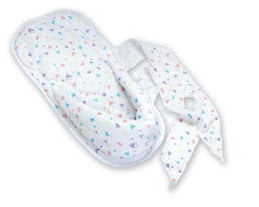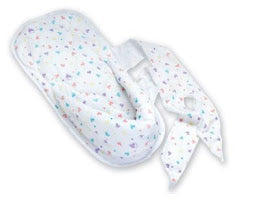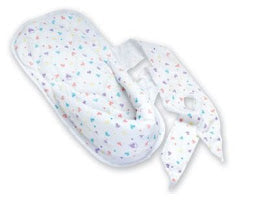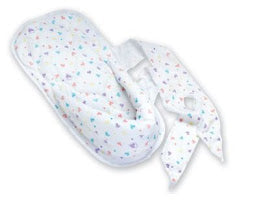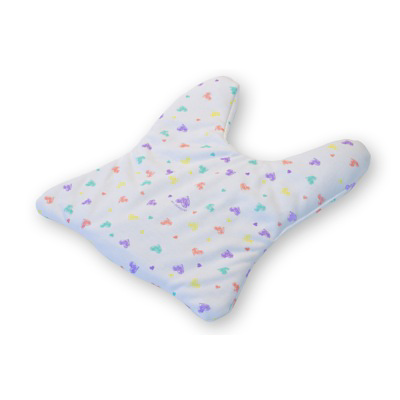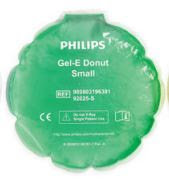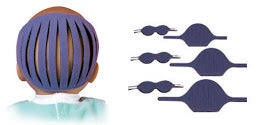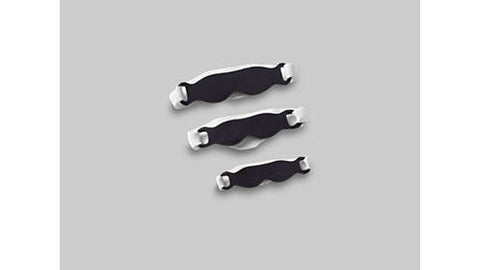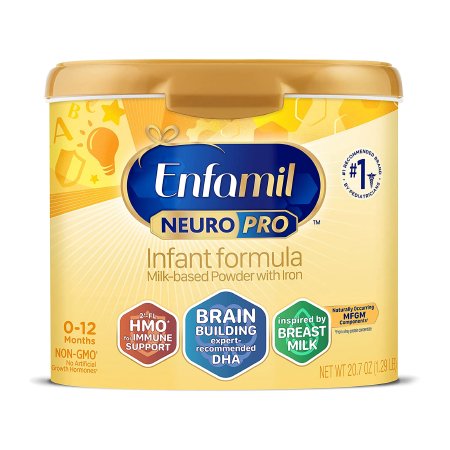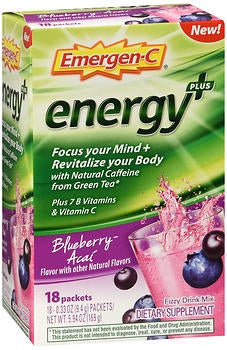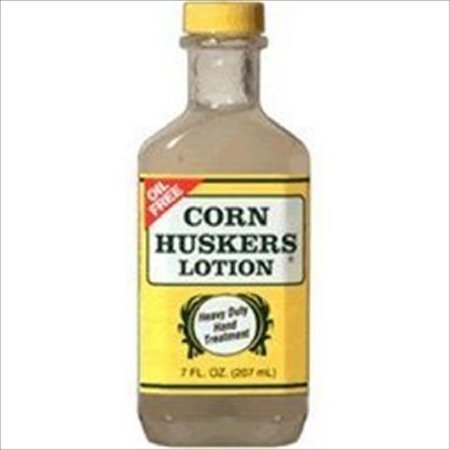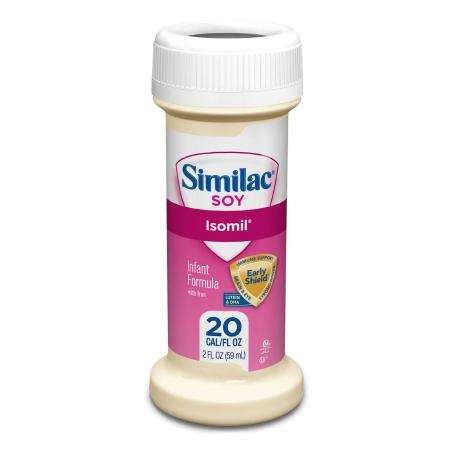Best Deals
Special Products
VERGENCE FACILITY PRISM 6D/2D
Vergence Facility 6D BO & 2D BI testing has been shown to be one of the most important methods of detecting patients with binocular vision disorders and symptoms. Diagnosis of non-strabismus binocular vision abnormalities can be improved through the use of vergence facility testing at near.
Testing Procedure:
The test is performed at 40 cm as the patient views a vertical 20/30 target or similar. Six diopter base out (BO)and two diopter base in (BI) prism are alternately placed before one eye; the patient is asked to report when the target becomes single and clear. This prism change is repeated for one minute and the clinician records the number of cycles performed during testing. The presence of suppression is indicated by a perceived lateral movement of a single target moving left or right of center, or no observed eye movement.
For testing at near, the recommended failure criteria is 15 cycles per minute which is easily recalled (sum of BI and BO demands). Recent research has shown this criterion is valid for pediatric, adult, and presbyopic populations.
477702
GOOD - LITE
18 In Stock
Vergence Facility 6D BO & 2D BI testing has been shown to be one of the most important methods of detecting patients with binocular vision disorders and symptoms. Diagnosis of non-strabismus binocular vision abnormalities can be improved through the use of vergence facility testing at near.
Testing Procedure:
The test is performed at 40 cm as the patient views a vertical 20/30 target or similar. Six diopter base out (BO)and two diopter base in (BI) prism are alternately placed before one eye; the patient is asked to report when the target becomes single and clear. This prism change is repeated for one minute and the clinician records the number of cycles performed during testing. The presence of suppression is indicated by a perceived lateral movement of a single target moving left or right of center, or no observed eye movement.
For testing at near, the recommended failure criteria is 15 cycles per minute which is easily recalled (sum of BI and BO demands). Recent research has shown this criterion is valid for pediatric, adult, and presbyopic populations.

















